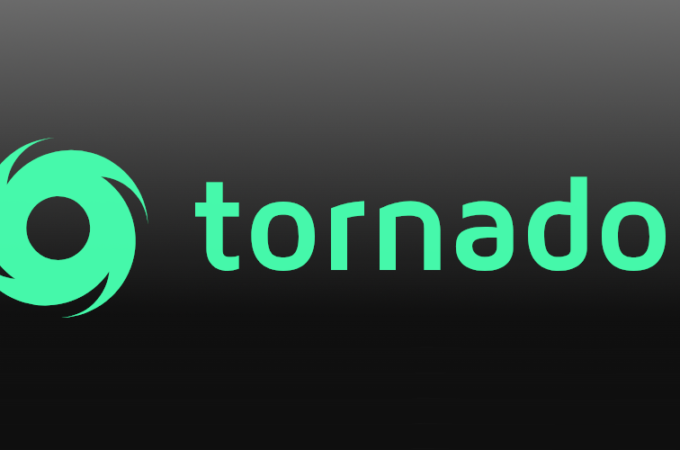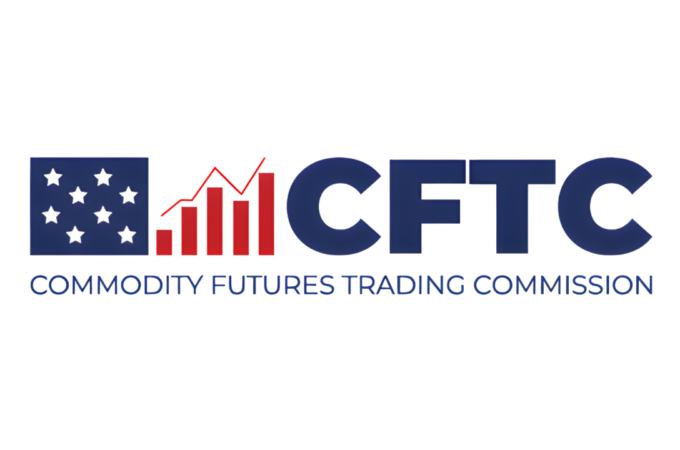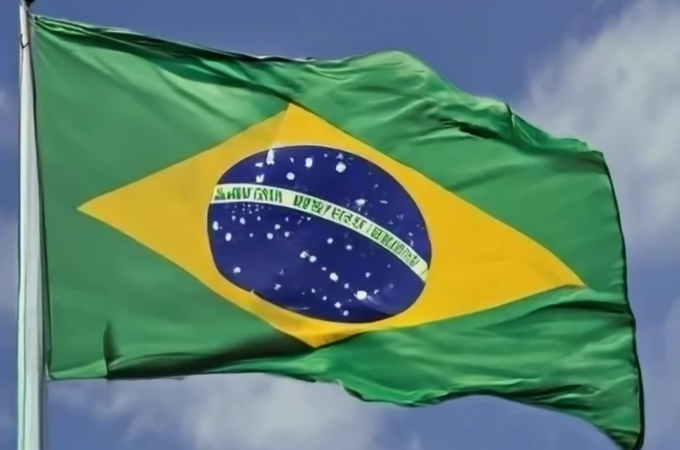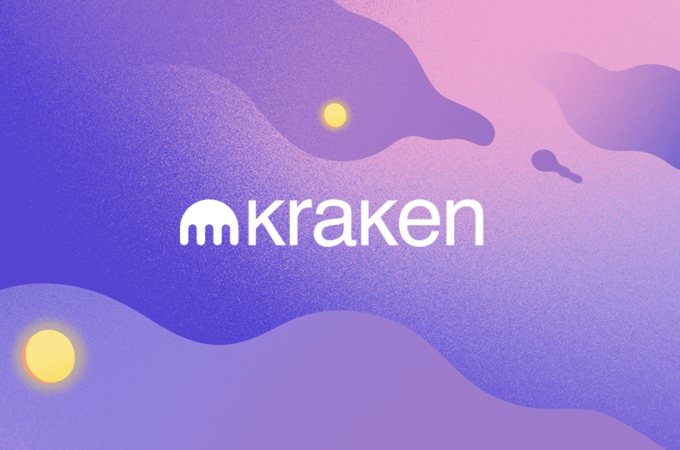
Tether Discontinues Euro-Backed Stablecoin Amid Regulatory Pressures
Tether, the issuer of the world’s largest stablecoin USD₮, has announced its decision to discontinue its euro-pegged stablecoin EUR₮ (EURT) in response to evolving European regulations. The company revealed on November 27 that it has ceased minting EUR₮ and set a deadline of November 25, 2025, for users to redeem their holdings.
The decision reflects Tether’s strategic shift amidst the European Union’s increasingly stringent regulatory environment, specifically the Markets in Crypto-Assets (MiCA) framework. MiCA, a comprehensive regulation set to be fully implemented by the end of 2024, imposes rigorous compliance requirements on stablecoin issuers, including maintaining substantial reserves in traditional bank accounts.
EUR₮, introduced in 2016 and pegged to the euro at a 1:1 ratio, once dominated the euro stablecoin market with a market cap exceeding $500 million. However, its current capitalization has dwindled to $27 million — just 0.02% of the market value of Tether’s USD₮. The decreasing demand and regulatory hurdles prompted Tether’s decision to discontinue support for EUR₮.
MiCA requires issuers to hold significant reserves in bank deposits — 30% for smaller stablecoins and 60% for larger ones — a measure Tether views as riskier than its current strategy of investing in U.S. Treasury bonds. CEO Paolo Ardoino criticized the regulations, describing them as “systemic risks” for stablecoins, and stated that Tether will focus on initiatives that align better with its operational priorities.
Tether has urged EUR₮ holders across supported blockchains, including Ethereum, Solana, and Tron, to redeem their tokens or migrate them to other platforms by the 2025 deadline. The last issuance request for EUR₮ was processed in 2022, and new requests are no longer accepted.
While exiting the euro stablecoin market, Tether plans to support MiCA-compliant projects, such as Quantoz Payments’ EURQ and USDQ stablecoins. These new tokens are powered by Tether’s Hadron technology, which aims to simplify token issuance and ensure robust compliance with anti-money laundering (AML) regulations.
The regulatory shift underscores the challenges faced by stablecoin issuers in navigating a tightening global regulatory landscape. While some issuers, like Paxos and Circle, have adapted to MiCA’s requirements, Tether has chosen to invest in compliant ventures rather than seek direct compliance for EUR₮.
Tether’s primary product, USD₮, remains dominant in the global stablecoin market with a capitalization of nearly $133 billion. However, its operations in Europe might face scrutiny under MiCA, which caps non-euro stablecoin transactions at €200 million per day for retail use.
Despite the discontinuation of EUR₮, Tether’s strategic investments in compliant stablecoins suggest a calculated pivot to maintain relevance in the European market. As MiCA’s full implementation approaches, the move highlights the dynamic interplay between innovation and regulation in shaping the future of the cryptocurrency industry.





